What happened 53 years ago, you ask? Well, I was young, curious, and adventurous like many of my contemporaries. I felt fortunate to reside near our Nation’s Capital during my youth while obtaining an education, but one night my musical education took an unusual leap.
As a child, I remember riding my tricycle up and down the pavement in front of my grandparents’ home. One sunny summer morning, I heard an exquisite female voice singing the delightful tune, “A-Tisket, A-Tasket” as the radio waves slipped out an open window. My gray-haired arthritic grandmother sat in her rocking chair after breakfast listening to her favored radio program while reading The Washington Post. Before central air conditioning, windows were opened to admit a soft cool breeze. I hummed the melody and sang along with the sweet radio voice as I played outdoors. When the music ended, I ran indoors to ask my mother if I could have a little yellow basket for my tricycle. The following morning, I admired a basket adorned with pretty woven green and yellow ribbons. As I rode my tricycle, I sang, “A-Tisket, A-Tasket, a green and yellow basket.” Some years later I realized those words were from a nursery rhyme my mother sang to me instead of Ella Fitzgerald’s popularized lyrical version.
Our family’s preferred morning radio station filled this little girl’s world with happy songs. Music continued to fascinate me, and dancing to captivating melodies became a new pastime. My mother enrolled my sister and me in a ballet class; I loved it but not my sister. I wore my ballet slippers, practicing ballet positions until my slippers disintegrated, then danced in my sister’s slippers but never mastered ballet. Later, my sister and I were enrolled in ballroom dance classes along with students from local schools to prepare us for future dance parties and proms we would enjoy together.
Like our society, American music became a mixture, a melting pot of sounds. One day, I heard a new type of music. Hank Williams Sr.’s soulful lyrics droned from the radio as his “Long Gone Lonesome Blues” rode the airwaves. No one in my home seemed to enjoy the twang of country music or the stories of blues songs, but I became enthralled as the rhythm of those tunes sneaked into a radio program. Rock and roll debuted with Elvis Presley’s 1956 “Hound Dog” adaptation of Big Mama Thornton’s 1952 rhythm and blues rendition. Elvis’ on-stage televised appearances captivated young audiences but horrified my parents and grandparents. Perhaps too young, I was not one of his fans. He looked silly, wiggling his hips to sillier girls’ screams. In 1958, my favorite musicians heard on the radio and seen on television were Chuck Berry’s “Johnny B. Goode” and Little Richard’s “Good Golly, Miss Molly” but I waited for the musical British Invasion—The Beatles’ “From Me to You” in 1963 and The Rolling Stones “(I Can’t Get No) Satisfaction” in 1965 to turn my generation into raucous rock fans.
My mother became concerned about my teenage music choices, but my ears appreciated all types of music. Classical and big band music she and my father preferred were the genres she thought I should prefer. But cool jazz (Miles Davis, The Dave Brubeck Quartet, Ray Brown), rhythm and blues (B.B. King, Muddy Waters, Marvin Gaye), and rock and roll became my unabashed music preferences. However, I never turned down tickets to touring operas, big band concerts, or the National Symphony Orchestra performances. I can still feel the excitement as the theater lights dimmed, the curtain rolled up, and the conductor waved his baton to synchronize the musicians.
Residing near Washington, D.C., our family took advantage of available amenities, including museums, art galleries, and theaters. Opera companies and musicians performed at The National Theatre and The John F. Kennedy Center for the Performing Arts, enjoyed by this theatergoer with several young friends. My mother was thrilled. But my generation liked to be different, sometimes shockingly different. We were part of the counterculture, anti-establishment political movement age group. We protested American racism, marched against the Vietnam War, burned draft cards, fought for women’s rights, and the list goes on.
One production meant to shock audiences saw theaters flooded with curious ticketholders to see and hear Hair, The American Tribal-Love Rock Musical. In 1971, it was my turn. I doubt that I mentioned this night at The National Theatre to my mother, but I did retain the program as shown in the photos accompanying this story. You probably wonder: Did I like the musical? Did I sing along with the cast to Aquarius? Was I offended by the irreverent anti-Vietnam War rhetoric, the crude language, the third song, “Hashish,” or the nude scene that closed the first act? Well, I don’t remember. After all, it was 53 years ago!

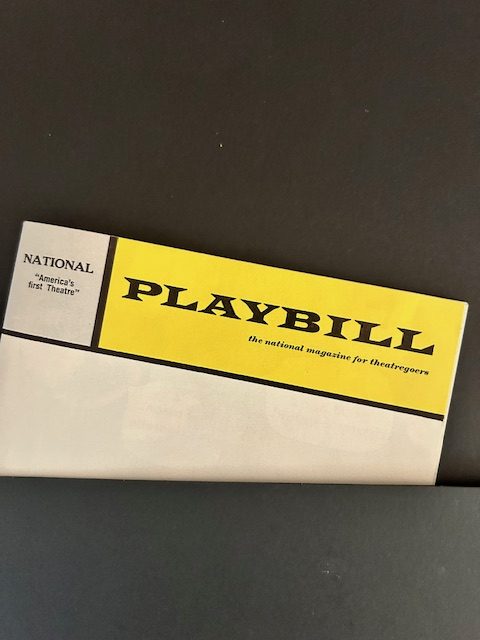
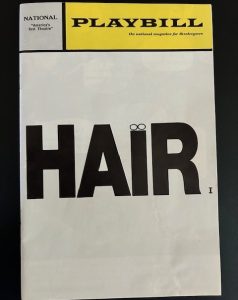
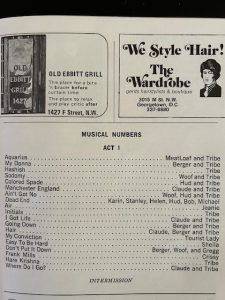
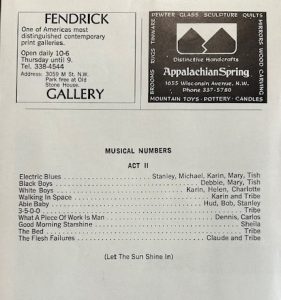
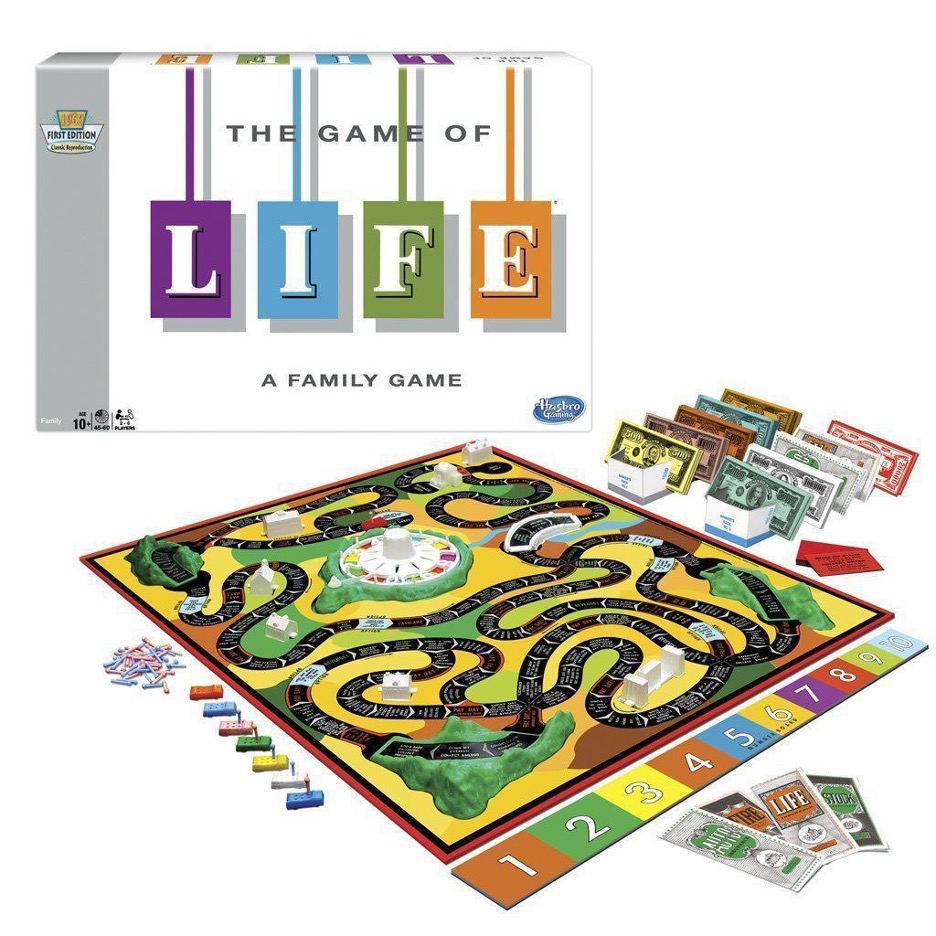


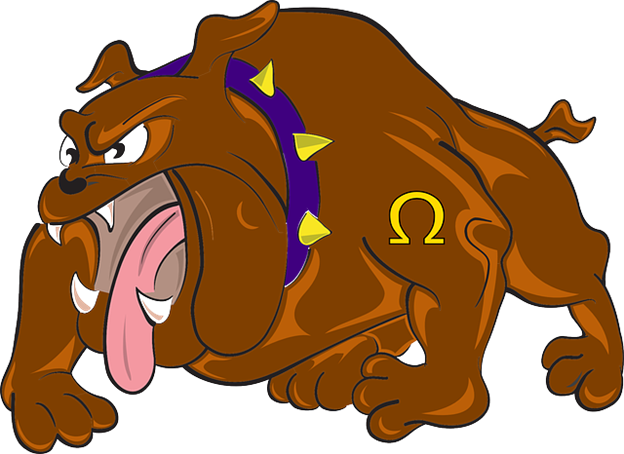





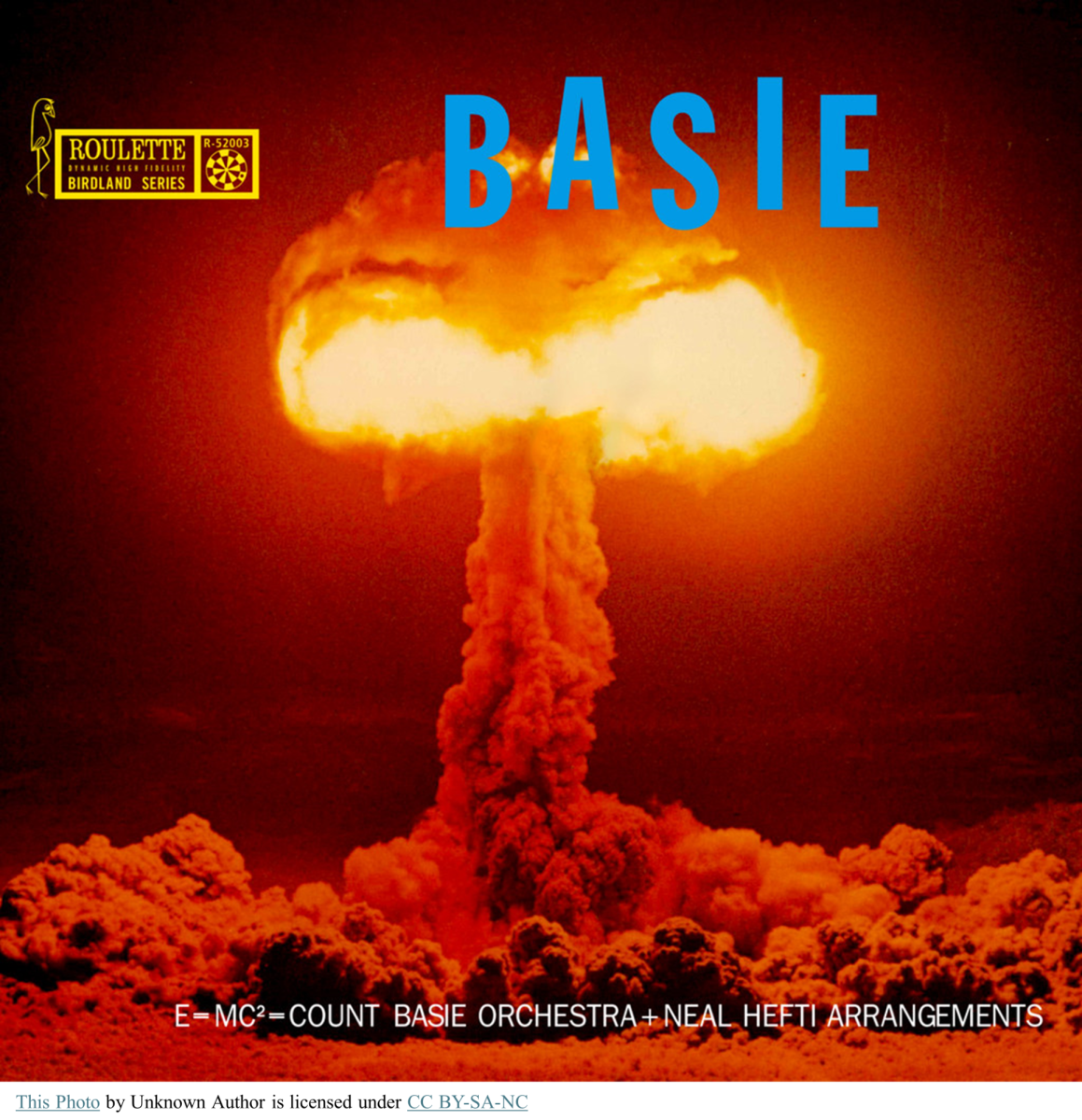

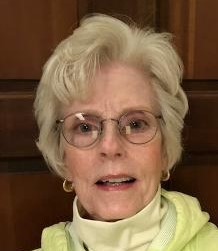
adviser • Sep 7, 2024 at 7:40 am
What a great story! I love the history of the impact of the music of the 50s through the 80s on culture and the economy. The folk music and protest songs of that era tell the history of post-WWII America. Over 60 years later, those songs of all genres are still popular.
And we shouldn’t forget the magical years of Broadway in the 50s, which will never be duplicated.